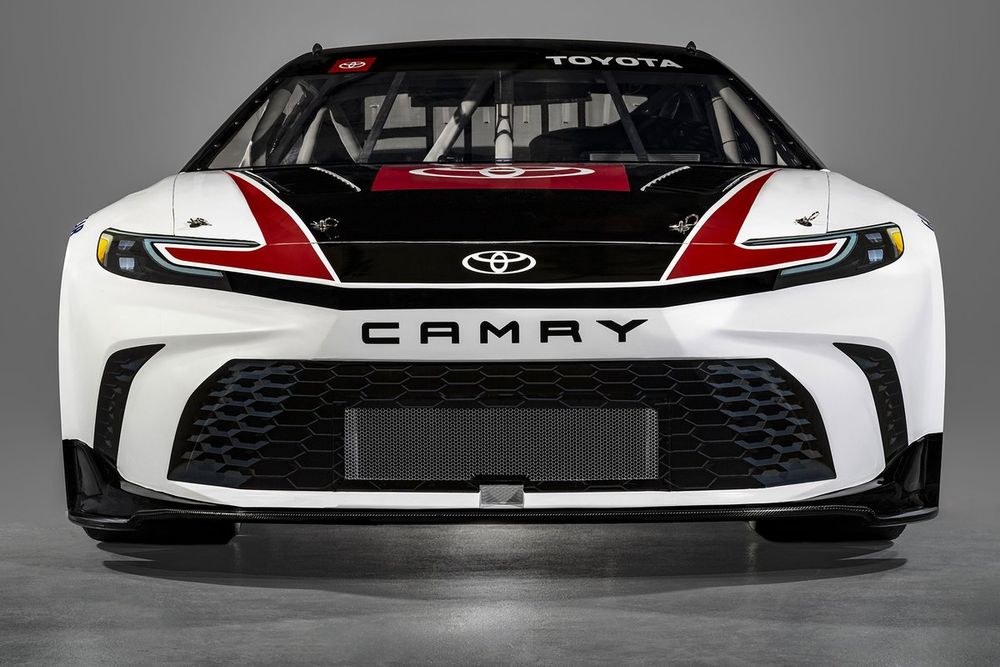Both Toyota Racing Development and Ford Performance are debuting new iterations of their respective Camry and Mustang race cars in the Cup series in 2024 but so far, each car has had only one limited on-track test.
With most on-track testing curtailed in NASCAR since 2015, development of new car models or updates has moved almost exclusively in-house – or more-so – on screen.
“We all use the same tools to test and develop the bodies, and they’re all virtual,” explained TRD president David Wilson, who will see the Toyota Camry XSE introduced this season.
“It’s CFD (computational fluid dynamics), and it’s time in the wind tunnel. From those metrics, from all that information, certainly, the numbers look good.”
He hopes so, anyway.
NASCAR held an organizational test in Phoenix in December which allowed a pair of Camrys and Fords to run on actual track conditions for the first time. The next opportunity comes in the Feb. 4 preseason, non-points Busch Light Clash at the Los Angeles Memorial Coliseum.
Photo by: Toyota Racing
2024 NASCAR Cup Series Toyota Camry XSE
After that, it’s right into points-paying competition with the season opening Daytona 500 on Feb. 18 and then you got what you got for the year for the most part.
“We had two cars on track with our new body. I think we were fastest every session,” Wilson said of Camry’s performance at the test. “We did a couple little mock racing runs, and Christopher (Bell) went from the back to the front. When he was in front, he gapped the field. It’s the only data point we have, and everyone felt good.
“I think this is the best body that we’ve ever taken to the race track. Obviously, experience will prove that out.”
Ford Performance has experienced a much similar path with the design and debut of its updated Ford Mustang Dark Horse.
“Design submissions have changed quite a lot in recent years, especially in 2022, ’23 and ’24,” said Richard Johns, Ford’s NASCAR performance leader. “One of the biggest things we gain in the sport is technology transfer between what we do in the production world and what we do in the race world.
“All the tools that we use – the wind tunnel, the CFD, the design – all of that carries back and forth. So, what we learn in the development of the Cup car carries over to production and what we learn in production carries over to the Cup car.
“There’s a lot of technology transfer and especially…
Click Here to Read the Full Original Article at Motorsport.com – NASCAR – Stories…

